Gongura Seeds (Hibiscus sabdariffa)
Gongura Seeds, Growing Gongura is a rewarding experience, especially for those who enjoy its unique tangy flavor in dishes. With proper care—such as consistent watering, regular leaf harvesting, and monitoring for pests—Gongura can thrive and provide a steady supply of nutritious, flavorful leaves throughout the growing season.
- Estimated Delivery : Up to 3 business days
- Free Shipping & Returns : On all orders over ₹550 in Bangalore
Gongura Seeds, Gongura, also known as Roselle, is a tropical plant famous for its tangy, sour leaves used in various culinary dishes.
1. Seed Selection
- Choose high-quality seeds from a trusted supplier.
- Opt for disease-resistant varieties for better yield.
2. Planting Time
- Best grown in warm, tropical climates.
- Sow seeds in spring or early summer when temperatures are consistently above 70°F (21°C).
3. Soil Preparation
- Prefers well-draining, loamy soil rich in organic matter.
- The ideal soil pH is between 6.0 to 6.8.
- Add compost or well-rotted manure to improve fertility.
4. Seed Sowing
- Sow seeds ½ inch deep and 12 inches apart in rows spaced 2-3 feet apart.
- Ensure the soil is moist but not waterlogged for optimal germination.
5. Germination
- Seeds typically germinate in 7-14 days at temperatures between 75-85°F (24-29°C).
- Keep the soil consistently moist during germination.
6. Watering and Care
- Water regularly, keeping the soil evenly moist, especially during dry periods.
- Mulch around the plants to retain moisture and suppress weeds.
7. Fertilizing
- Apply a balanced fertilizer (NPK 10-10-10) at planting and once every 4-6 weeks during the growing season.
- Too much nitrogen may promote leaf growth at the expense of flowers and seeds.
8. Pests and Diseases
- Monitor for common pests like aphids, whiteflies, and mealybugs.
- Use neem oil or insecticidal soap to control infestations.
- Ensure good air circulation to prevent fungal diseases like powdery mildew.
9. Harvesting
- Harvest the leaves when the plant is around 2-3 months old.
- Pick leaves regularly to encourage new growth and prevent flowering, which can make leaves too tough.
10. Seed Saving
- Allow some flowers to mature and form seed pods.
- Harvest the pods once they are fully dry, then collect the seeds for future planting.
Conclusion
Gongura Seeds, Growing Gongura is a rewarding experience, especially for those who enjoy its unique tangy flavor in dishes. With proper care—such as consistent watering, regular leaf harvesting, and monitoring for pests—Gongura can thrive and provide a steady supply of nutritious, flavorful leaves throughout the growing season.


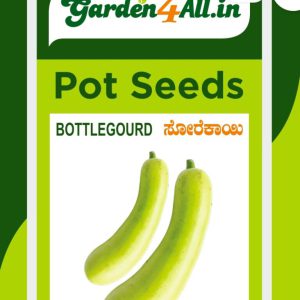

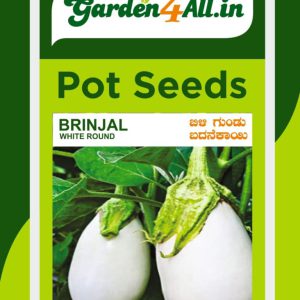
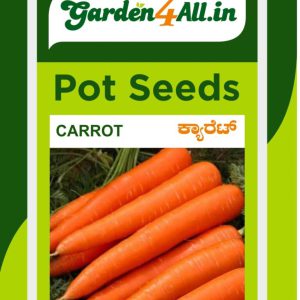
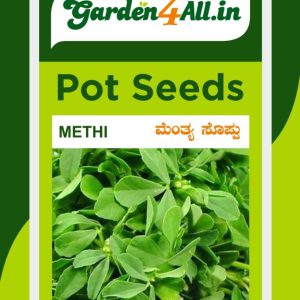
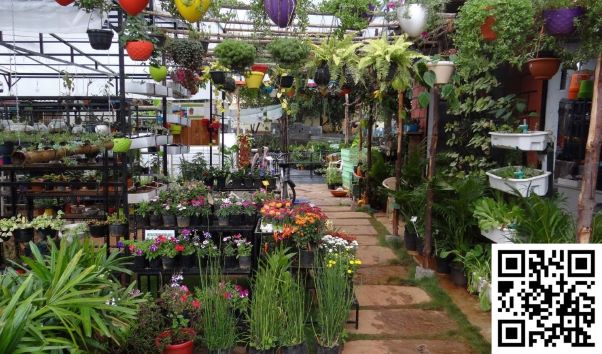
Reviews
There are no reviews yet.